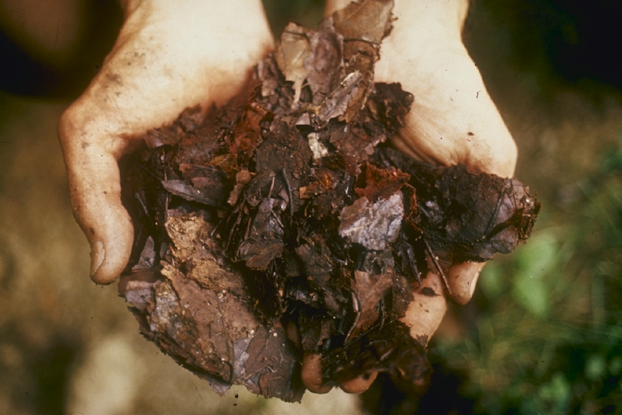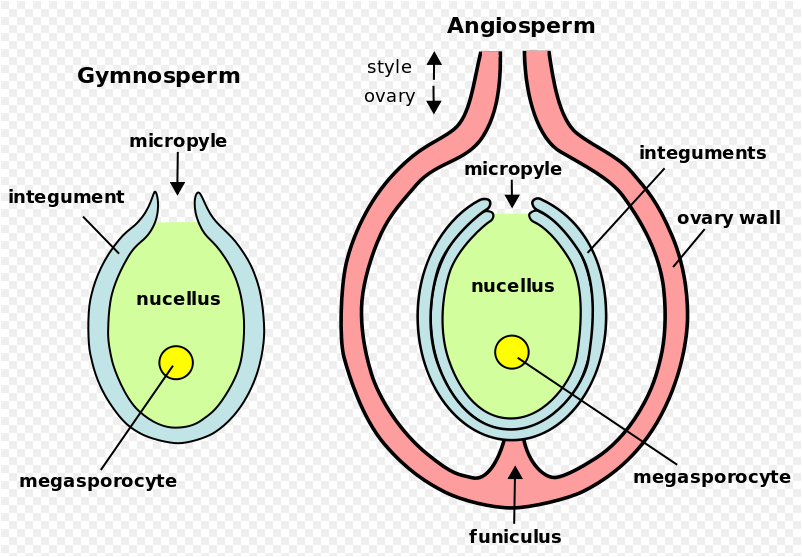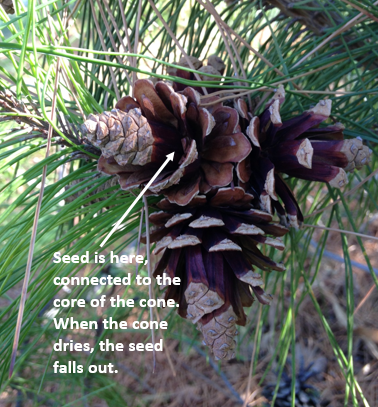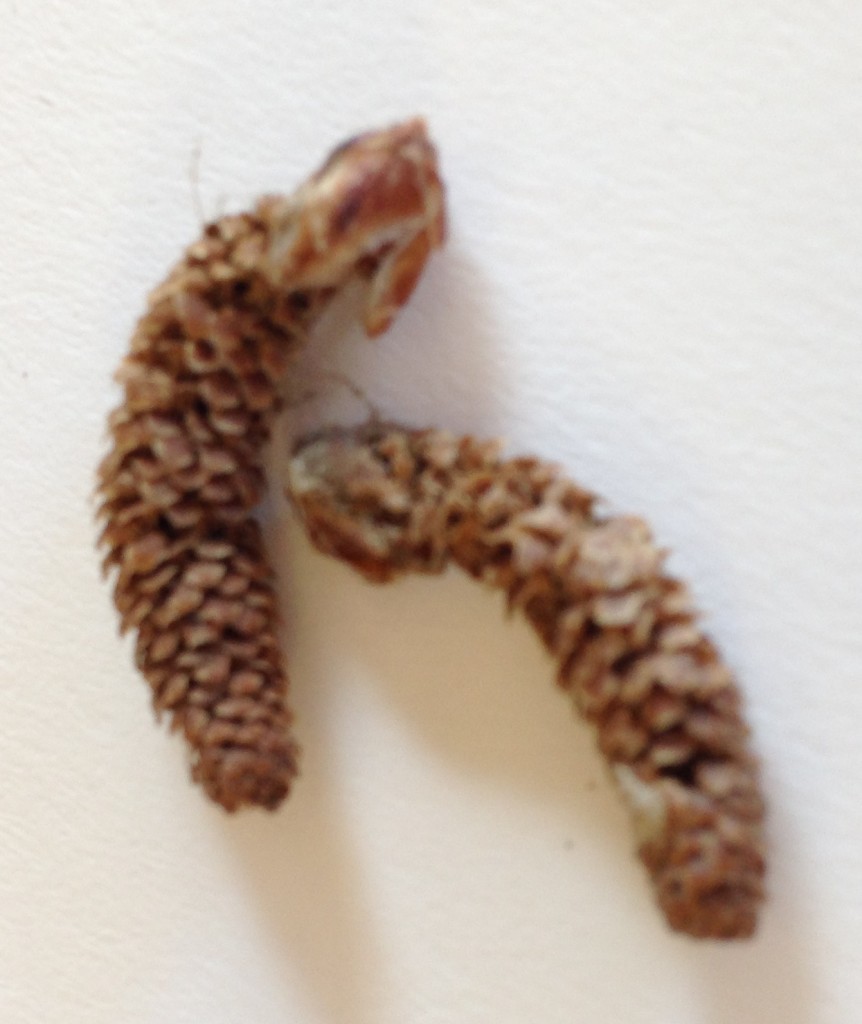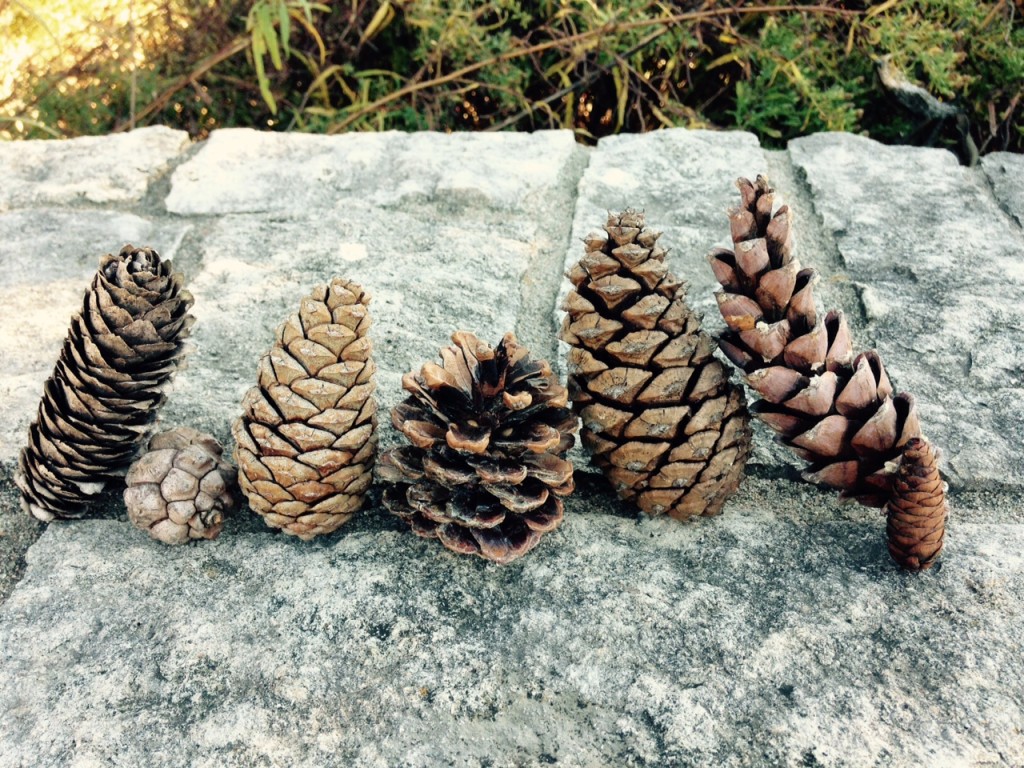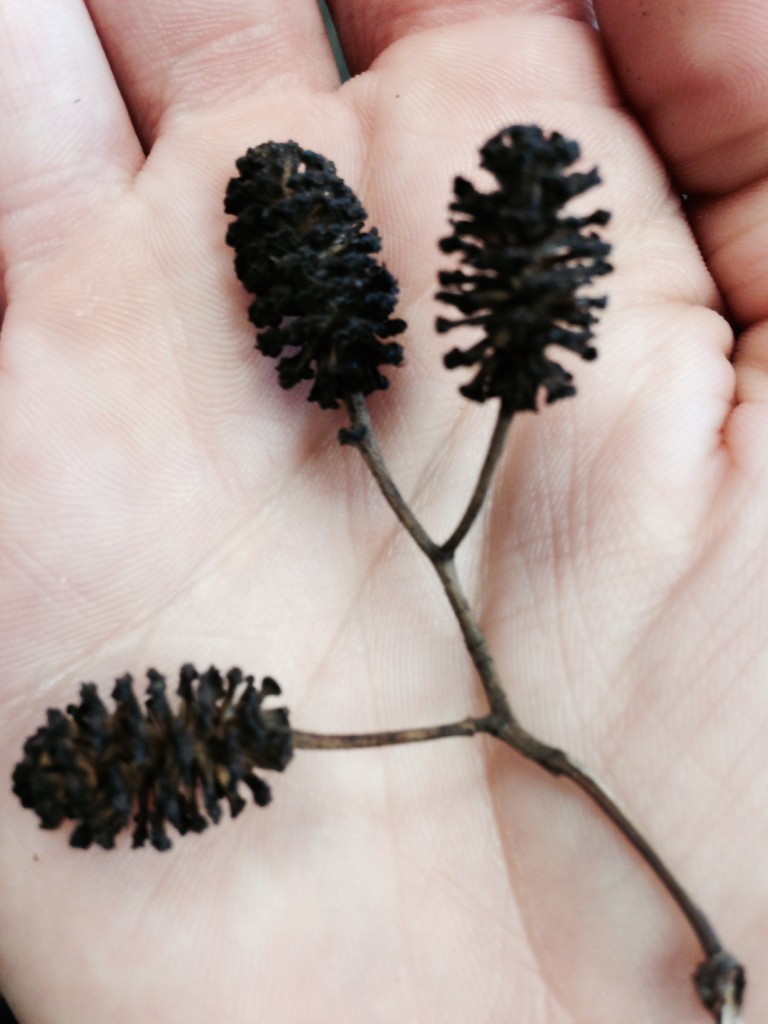At last year’s fall plant sale I convinced my father to plant some oak trees around his house where older shade trees are nearing the end of their lives. I told him to think ahead ten years: when the sweetgum (Liquidambar styraciflua) in the front yard finally dies, won’t he wish that he had a head start on growing the next shade tree nearby? And wouldn’t it be nice to start a row of trees near his workshop to block the hot west sun? Of course! He ended up choosing a few Shumard oaks (Quercus shumardii) which have done well for him and are off to a great start.
These trees were an investment in the future of his property ownership – well placed trees can save you money on heating and cooling your home and offer protection to your roof and siding from the sun’s damaging rays. Are there parts of your yard that need a shade tree? Or perhaps you have a tree that will need replacing in the near future?
Do your research and find the perfect tree for your needs, practical and aesthetic. Following are some of my favorites from the upcoming sale, but a full list is available here.
Fruiters
If you want to add a fruiting tree to your landscape, consider a Kansas native. PawPaw (Asimina triloba) and Persimmons (Diospyros virginiana) are both delicious and underused native fruits. Both are small to medium sized trees when mature (20 to 40 feet tall) and grow well in moist to medium-dry environments.
Understory
If you already have some large shade trees and want to add canopy layers, consider an under story tree that thrives in the dappled sunlight and protection of larger trees nearby. Sassafras trees (Sassafras albidium) have unique foliage, showy spring flowers and all parts of the plant have a pleasant smell. Eastern Wahoo (Euonymous atropurpureus) is known for it’s intense fall color and often grows in a shrubby form.
Flowering
There are lots of showy flowering trees to choose from, but we carry a few particularly unique options. Hop hornbeam (Ostrya virginiana) has cream colored shrimp shaped flowers, seen below. Yellowwood (Cladrastis kentukea) trees have pendulous white blooms and bright golden fall color.
Shade
Big sturdy shade trees are a good choice for a homeowner looking to reduce their electricity bills and protect their home from the elements. Black oak (Quercus velutina) and American Chestnut (Castenea dentata) both grow upwards of 60 feet tall and both produce nuts that provide winter food for wildlife.
Planting a tree is a satisfying task — it is an investment in the years to come, the hope of growth and newness. A mature tree can even raise the market value of your home! Tree coupons for the fall plant sale (September 9 – 11) will be available soon on our website. Hope to see you at our upcoming sale, carting away a tree of your own.
Photos from wikimedia comons, attributed to: Asit K. Ghosh Thaumaturgist (Own work) [CC BY-SA 3.0 (http://creativecommons.org/licenses/by-sa/3.0) or GFDL (http://www.gnu.org/copyleft/fdl.html)], via Wikimedia Commons
Hophornbeam by Eric Hunt (Own work) [CC BY-SA 3.0 (http://creativecommons.org/licenses/by-sa/3.0)], via Wikimedia Commons
Cladrastus bloom Elektryczne jabłko (Own work) [GFDL (http://www.gnu.org/copyleft/fdl.html) or CC BY-SA 4.0-3.0-2.5-2.0-1.0 (http://creativecommons.org/licenses/by-sa/4.0-3.0-2.5-2.0-1.0)], via Wikimedia Commons

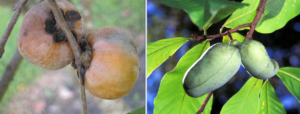
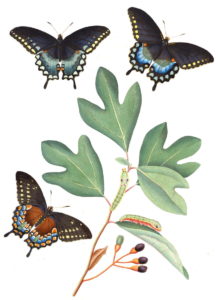
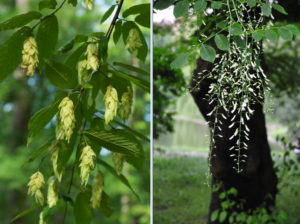
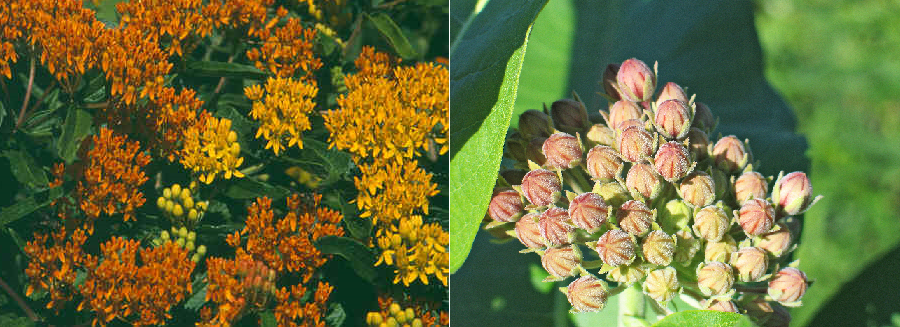
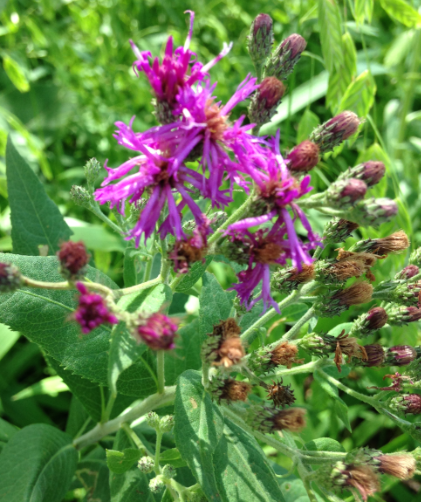
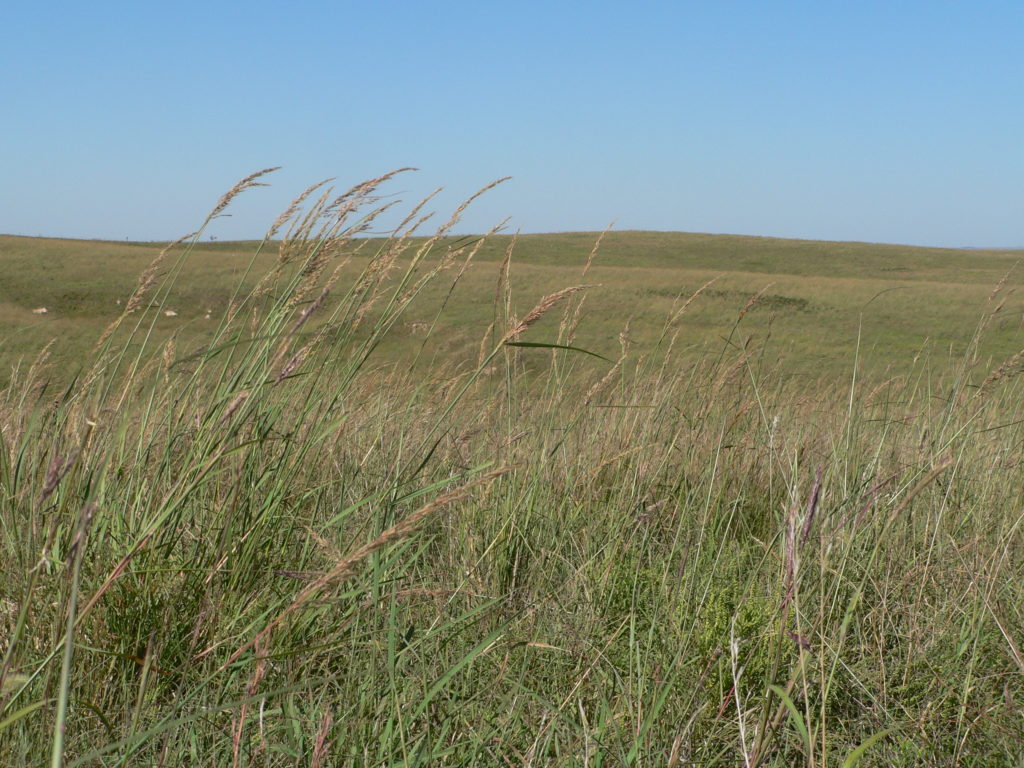


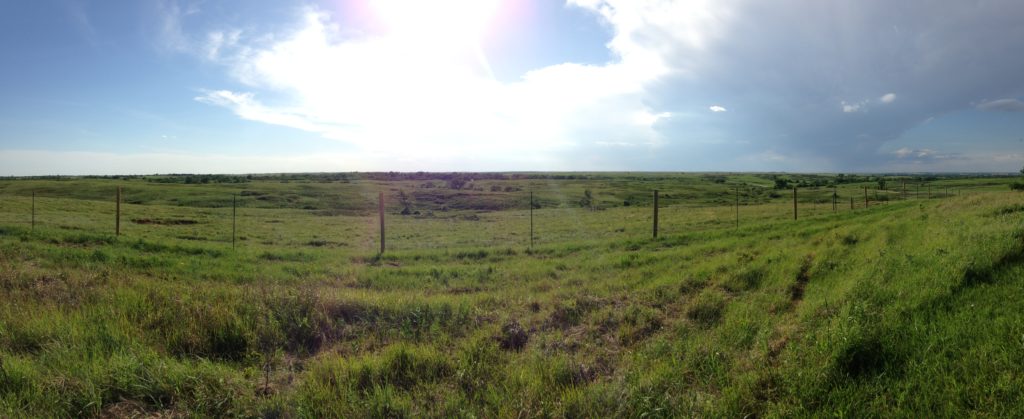
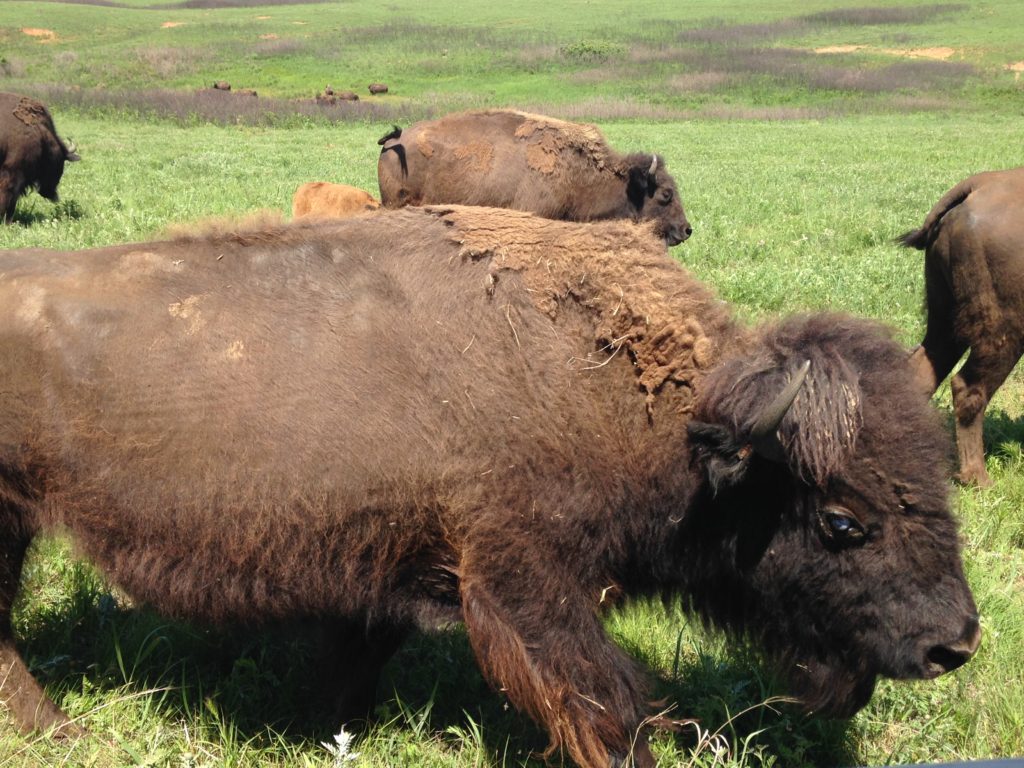
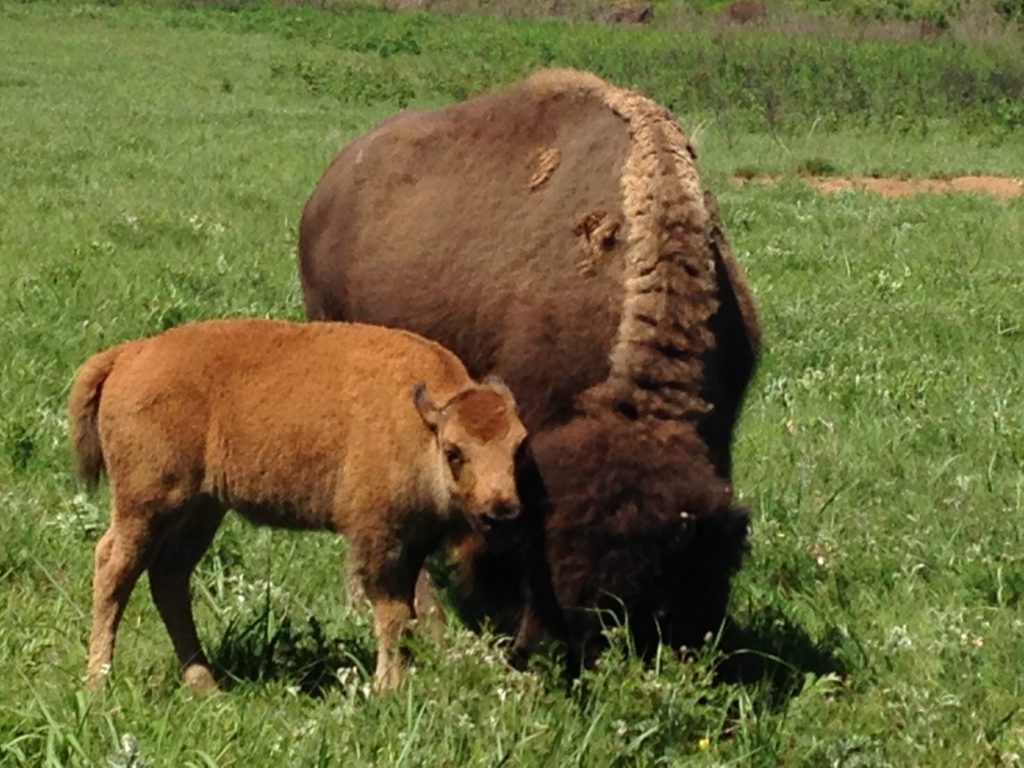
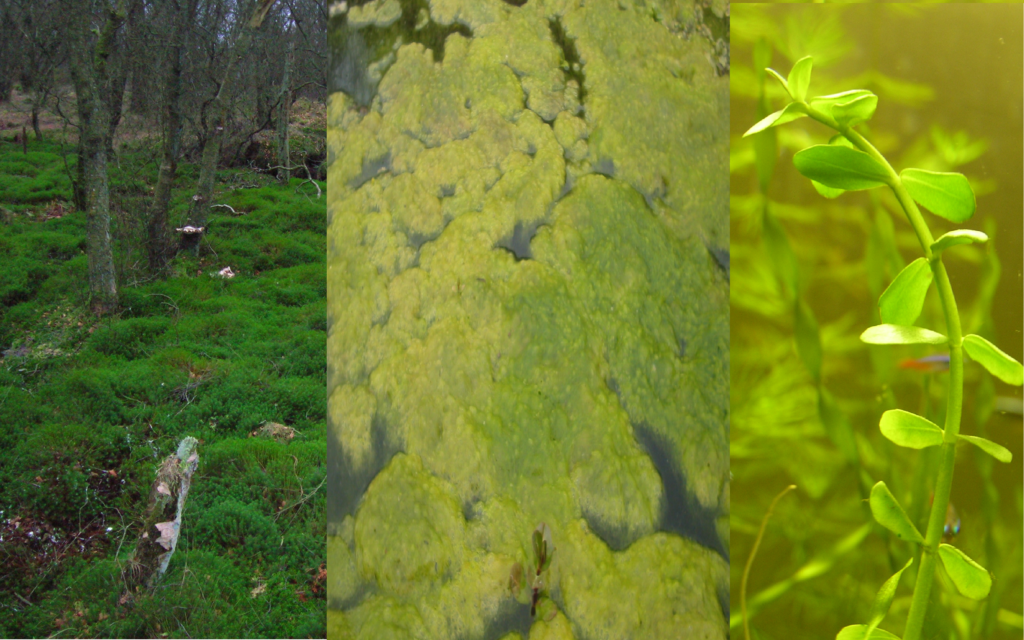
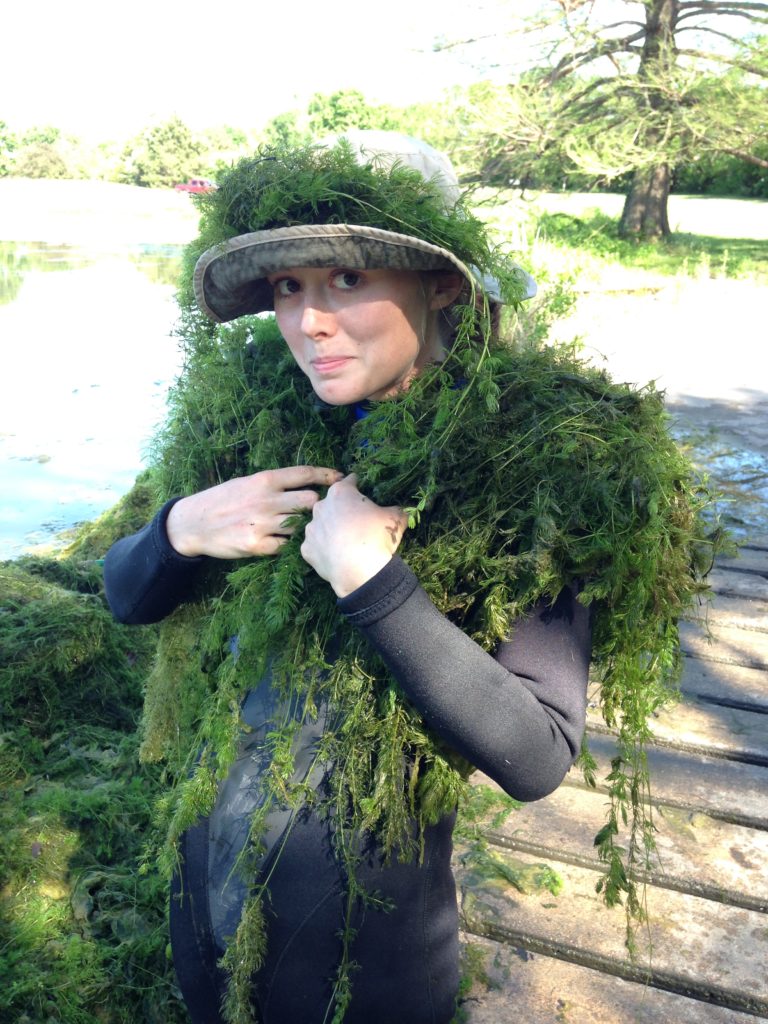



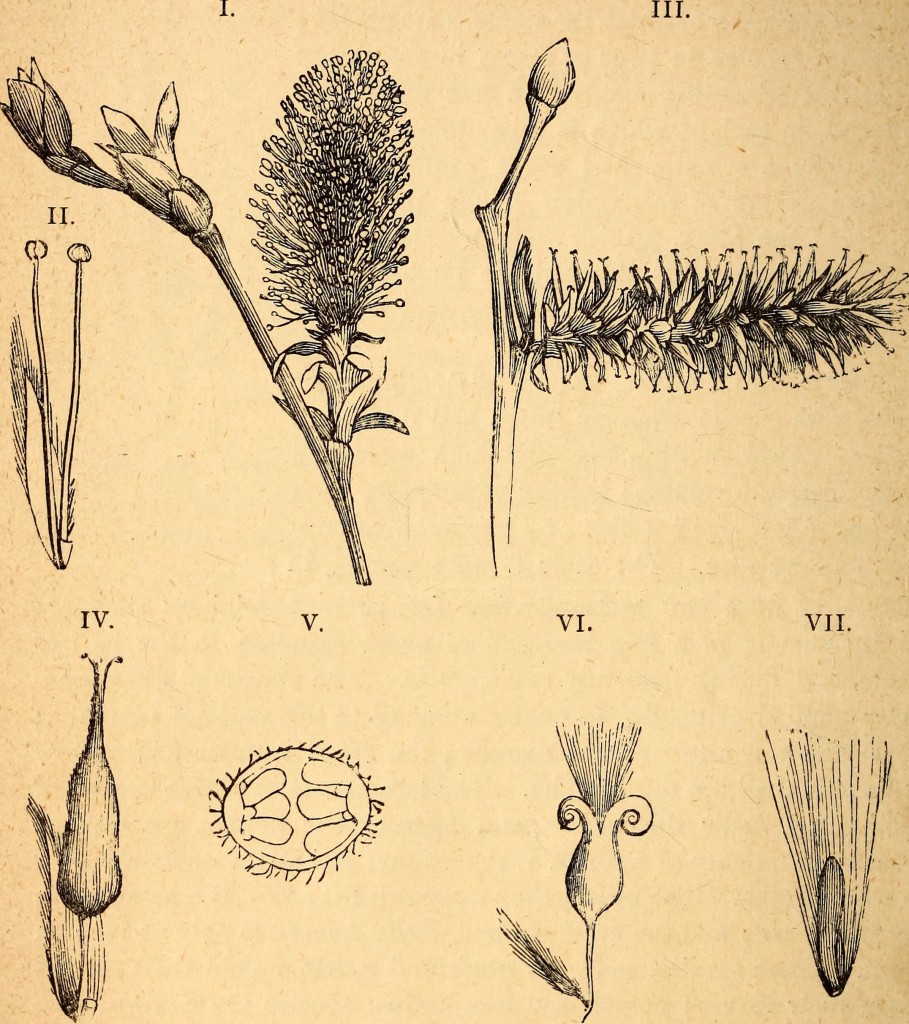
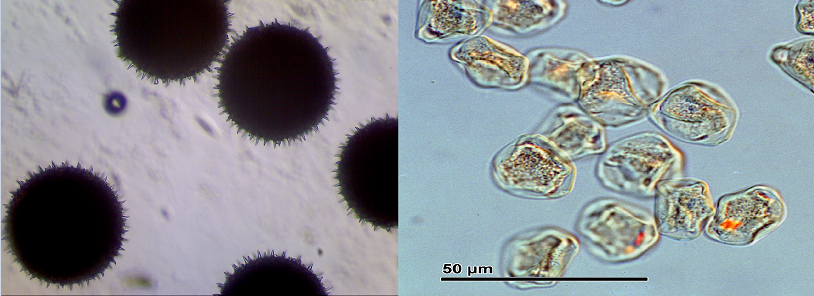
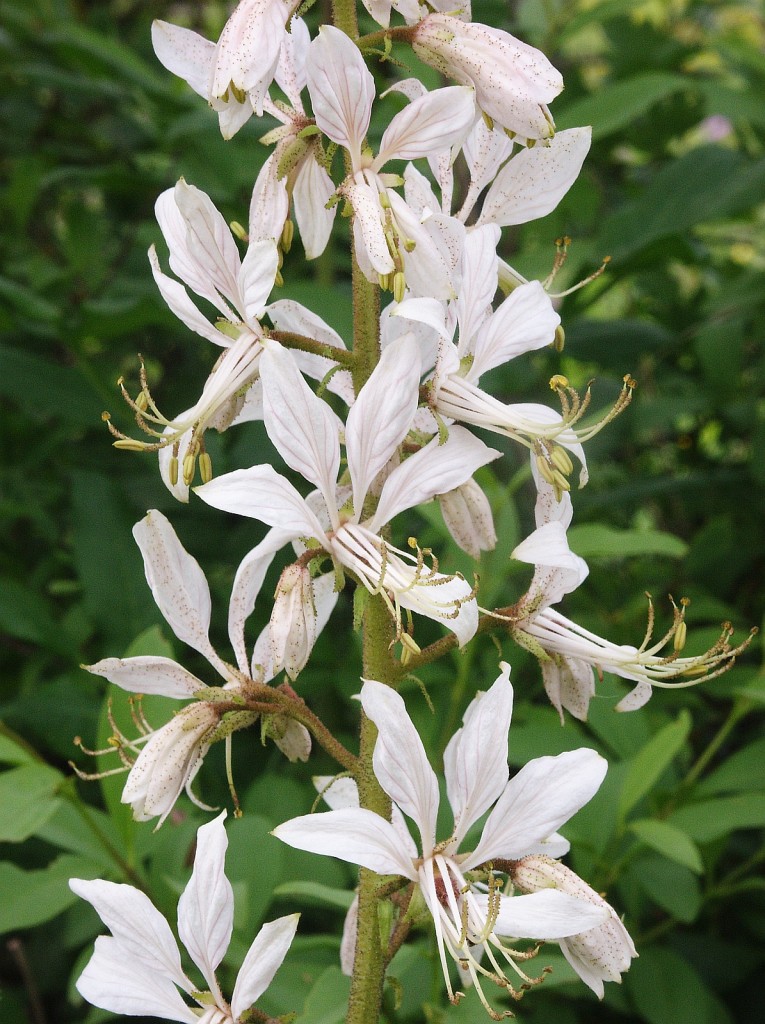
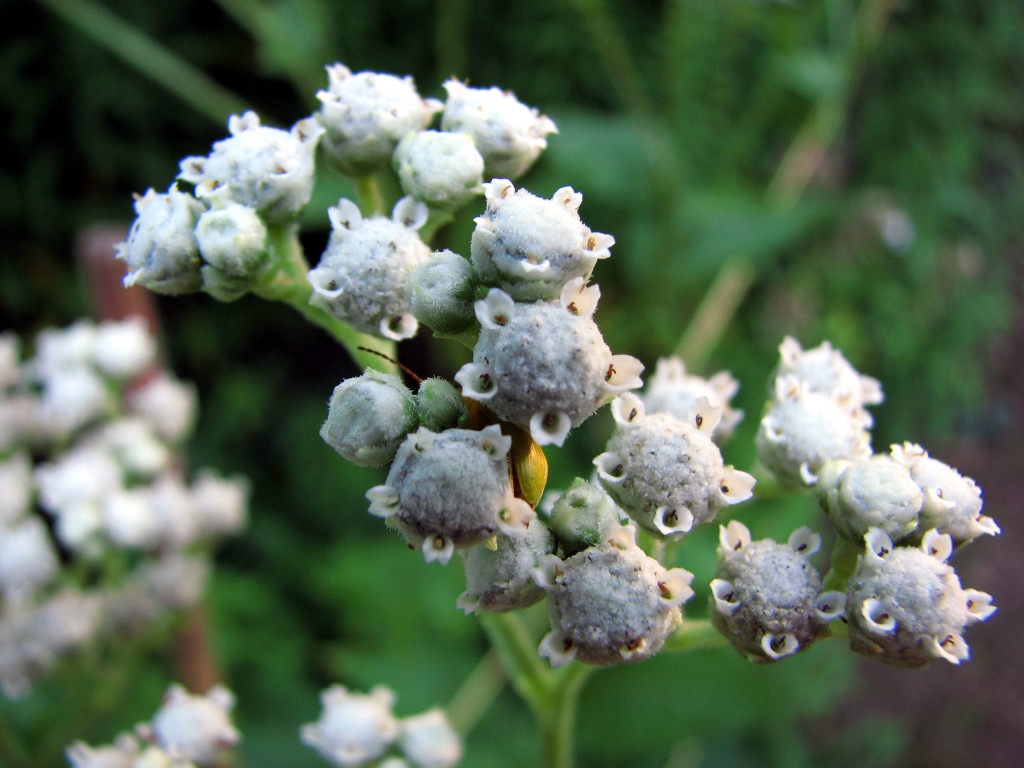
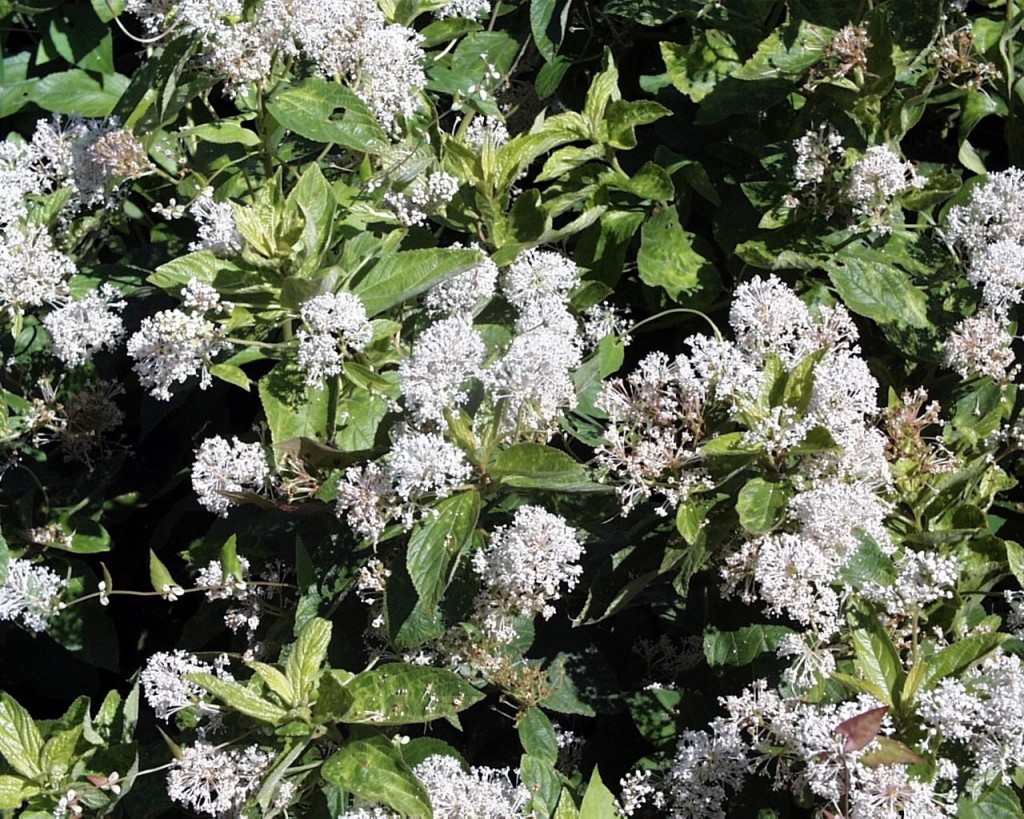
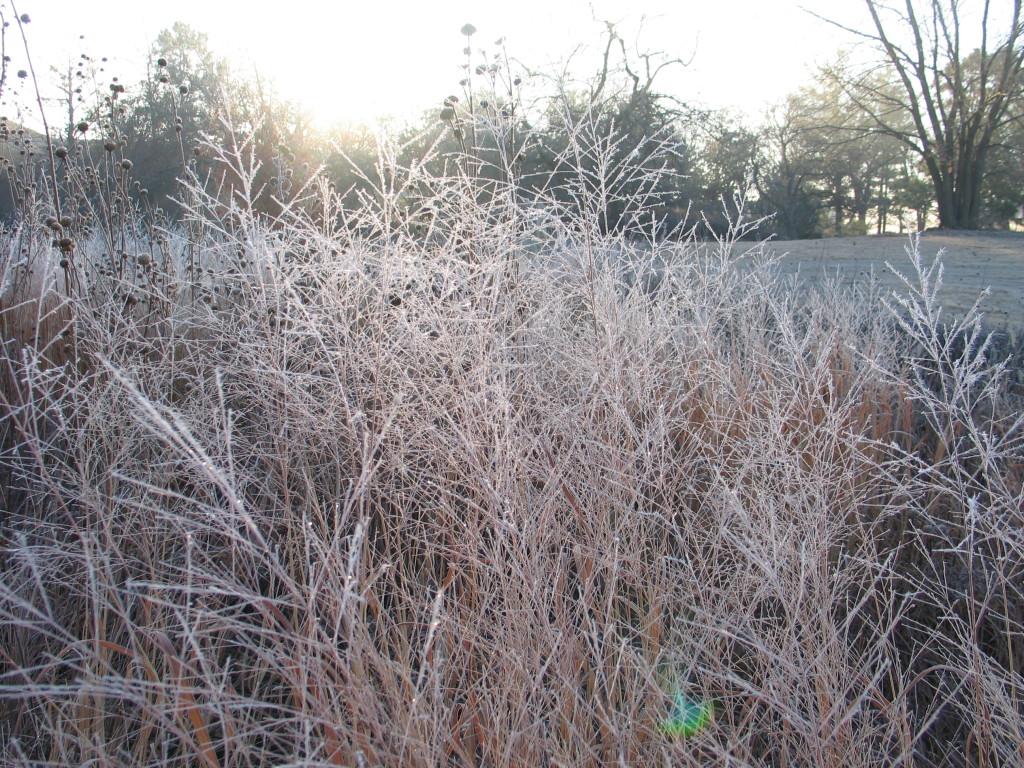
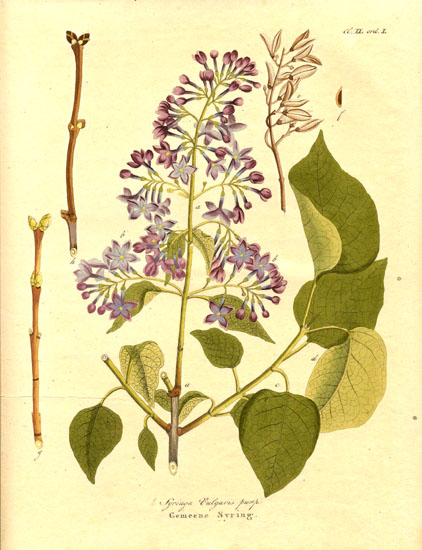
![By Griffith and Turner Company.; Henry G. Gilbert Nursery and Seed Trade Catalog Collection. [CC BY 2.0 (http://creativecommons.org/licenses/by/2.0)], via Wikimedia Commons](https://dyckarboretum.org/wp-content/uploads/2015/12/Farm_and_garden_supplies_16374439730-729x1024.jpg)
